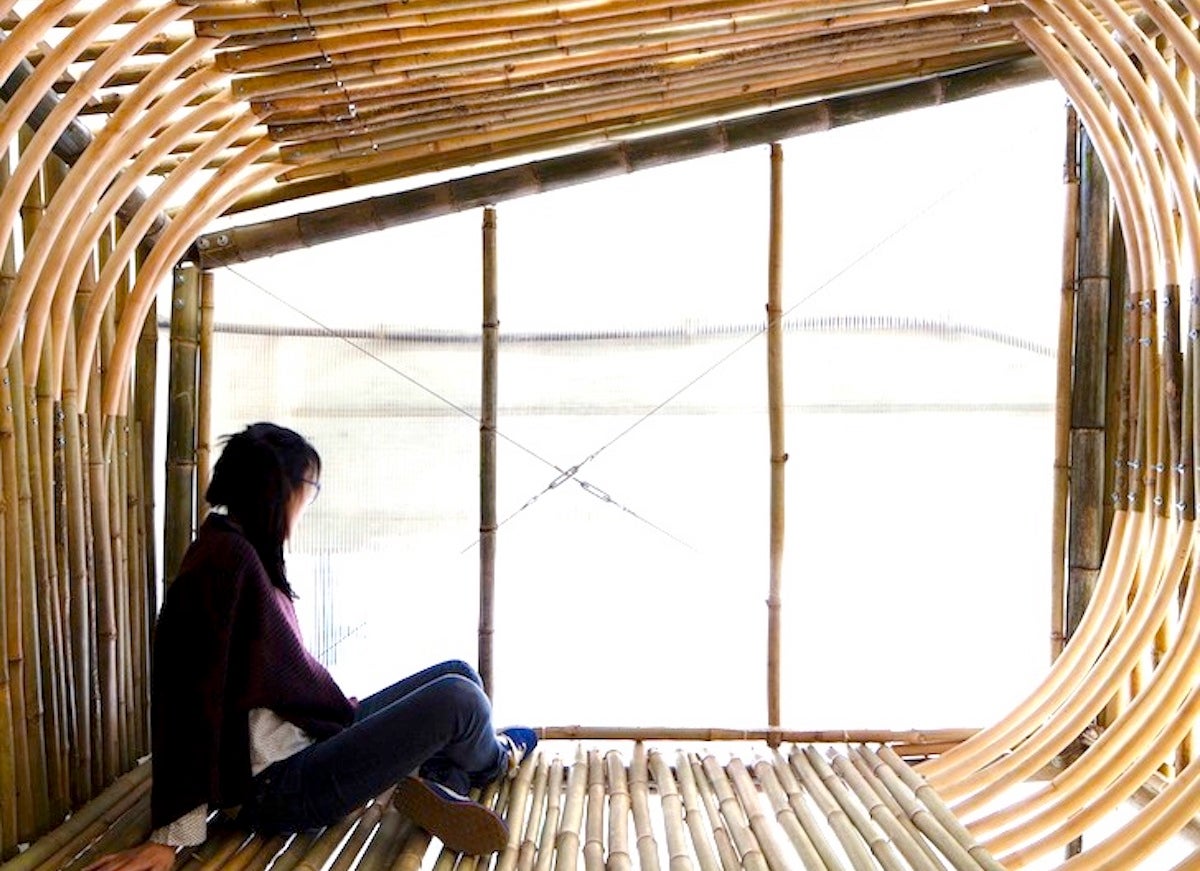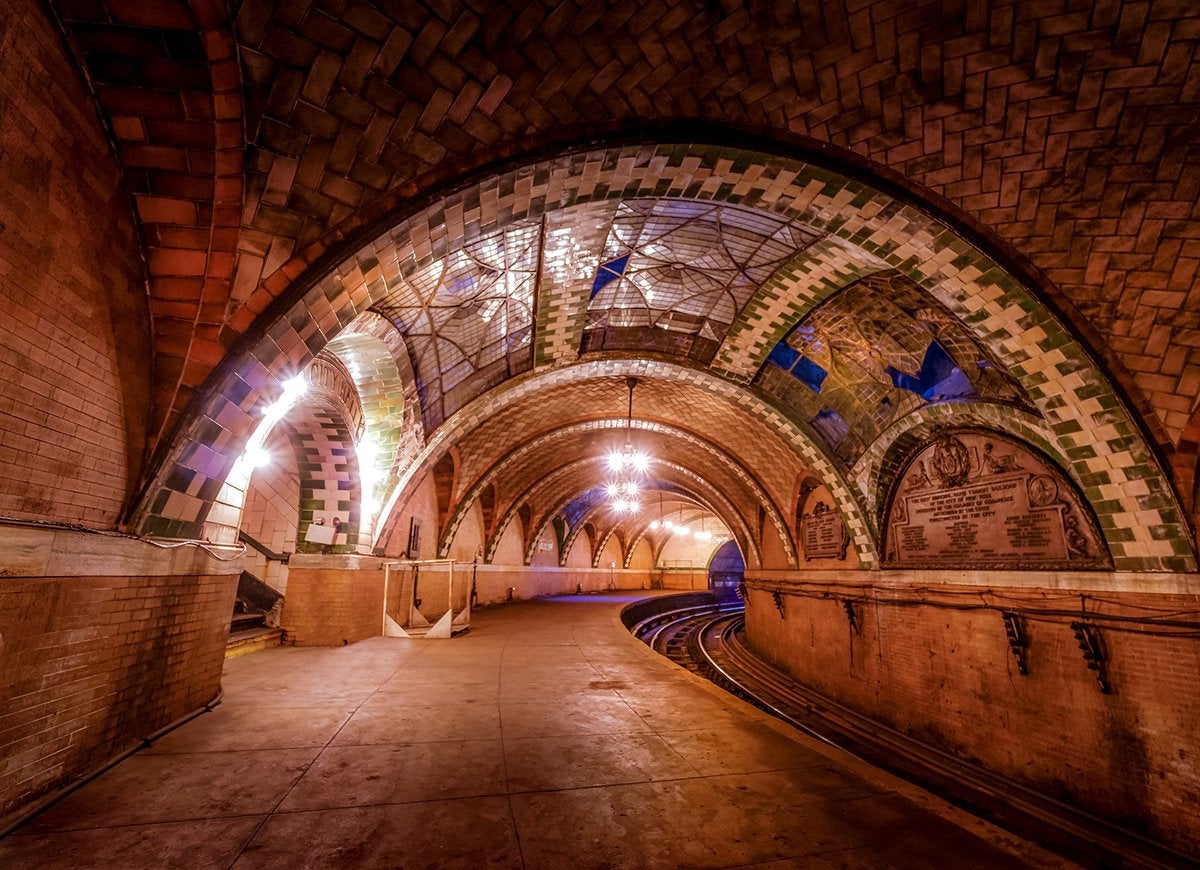We may earn revenue from the products available on this page and participate in affiliate programs. Learn More ›
The State of Homelessness in America

According to a 2018 report from the Department of Housing and Urban Development, around 550,000 people experienced homelessness on a single night in the United States—in other words, 17 out of every 10,000 people. And while this figure is high, it’s astronomically higher in countries facing natural disasters, economic hardship, and humanitarian crises. To combat rising homelessness, the United States and other countries throughout the world are seeking creative solutions, including the use of innovative architecture to provide both short- and long-term housing. While housing insecurity and homelessness are complicated issues that can’t be solved solely by civic-minded architects, these visionaries are devising solutions that may help individual cities fight against homelessness in their own backyards. Check out these 9 examples of the most architecturally interesting solutions to homelessness in the United States and throughout the world.
Tiny House Villages

Tiny houses are not only a trend for those in search of an environmentally friendly and minimalist way of life. They have also proved useful in providing sustainable and affordable housing for those who are experiencing homelessness. Tiny house villages have popped up in cities like Detroit, Nashville, and Eugene, Oregon (pictured here), offering micro living spaces that function as temporary quarters or rent-to-own housing.
Temporary Paper Houses for Disaster Relief

Wikimedia Commons via Lois Ascher
When disaster strikes, even those who had been financially secure suddenly find themselves displaced and without shelter. Shigeru Ban Architects in Tokyo came up with the ingenious design of paper tubes, white canvas sheets, and safety pins to provide temporary shelter for those who had lost their homes in the 2011 earthquakes in Japan. The paper house model has since been replicated in other countries that have had to rebuild after natural disasters.
Tiny Houses on Wheels

Tiny houses can be built on a foundation in someone’s backyard or on an empty plot of land, but tiny houses on wheels have the advantage of portability—they can be brought to anyone who needs a safe place to sleep and store their possessions. Although zoning laws and city rules about tiny houses on wheels are constantly evolving (some for better, some for worse), these movable micro houses are inexpensive to build and maintain for temporary or long-term shelter.
Related: The 18 Best Tiny Houses on Wheels
ParaSITE Shelters

flickr.com via erratic0101
Michael Rakowitz, a conceptual artist based in New York City, came up with the idea of “parasitic” housing that uses the empty spaces in alleyways to house homeless people who need a warm, dry place to sleep. His project, called paraSITE, involved custom inflatable shelters that connect to the vents of a building’s heating and cooling system.
Sleeping Pods

via Twitter / Reed Watts
The London-based designer Reed Watts designed a temporary sleeping pod that provides privacy and is easy to assemble and disassemble. The pods are constructed from interlocking plywood sheets and can be put up and taken down without any tools at all.
3D-Printed Homes

The San Francisco-based nonprofit New Story partnered with ICON, a construction company in Austin, Texas, to build 3D-printed homes made entirely of concrete for families in El Salvador. Each home can be constructed for just $4,000 and built in one day, and they could be used as low-cost housing for the homeless or for those living in inadequate shelters.
Bamboo Micro Homes

Affect-T
In many cities around the world, there are abandoned buildings or factories that could be repurposed into temporary housing for the homeless. The Hong Kong studio Affect-T designed an inexpensive bamboo micro home that could be easily set up inside an old building to provide privacy and personal space for belongings within the larger structure.
Related: Weird or Wonderful? 22 Homes That Are Anything But Ordinary
Re-Imagining Unused Public Spaces for Shelter

The London architecture studio Morris + Company has proposed the idea of turning an abandoned Underground station into a hostel for the homeless. The Underground station turned hostel would also function as a co-working space for young professionals, which could provide a good support framework for those in transitional housing.
Concrete Pipes Turned into Homes

After some research into the cost of building a tiny home from the foundation up, Rinker Materials determined that its concrete pipe would make the perfect structure for affordable living quarters with a little creativity. And so began the Pipe Dream contest! The QUIKRETE company invited the American Institute of Architecture Students to reimagine their concrete pipe (which is traditionally used in underground stormwater management) with a living space for the homeless, low-income families, and families displaced due to natural disasters in mind. The winning design submitted by architecture student Sandra D. Guillen carved out space for a kitchen, a bathroom, living area, combination bedroom/office, and a covered porch in the 8-foot diameter, 16-foot long concrete pipe. The design prototype, estimated to cost about $35,000, was revealed at International Builders’ Show in 2019.
















